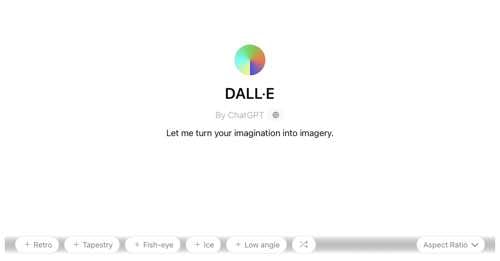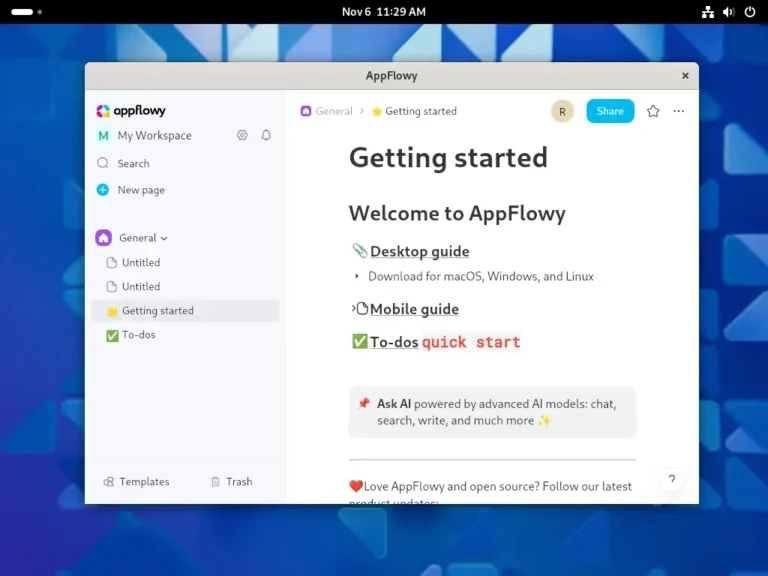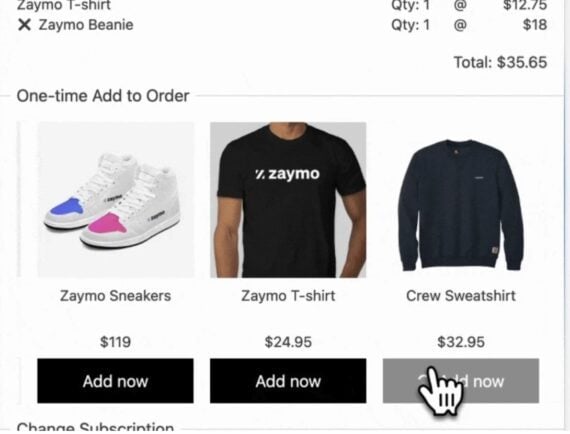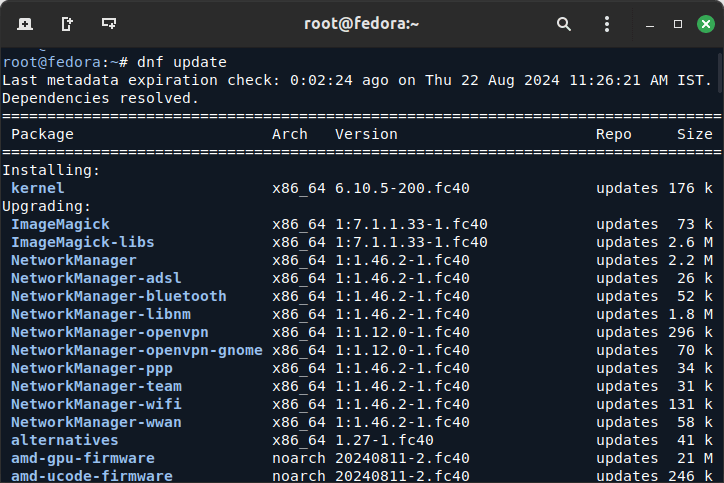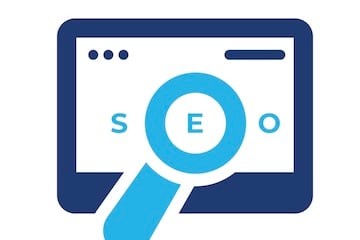
Google has periodically updated its core algorithm for several years now. Unlike the Panda and Penguin updates a decade ago, core updates have no defined recovery tactics, at least Google will not reveal them.
No site is safe from a Google update; ranking fluctuations are normal. Current Google search guidelines are vague and subjective — “helpful content” and “better usability” are hard to define and do not translate into an actionable strategy.
Yet some sites are impacted more than others. I’ve seen sites that went from thousands of clicks per day to 10.
I’ve analyzed hundreds of sites and their histories with Google updates. Here’s what makes sites the most vulnerable.
Dependence on a Few Pages
Losing traffic is probable if your site relies on two or three pages ranking for high-search-volume keywords.
Diversifying your ranking profile with long-tail keywords is critical. Long-tail queries send fewer clicks, but losing rankings on a few won’t materially impact your overall search visibility.
To achieve this:
- Don’t limit your strategy to high-search-volume keywords. In my tests, popular SEO platforms detect only about a third of ranking keywords.
- Create content based on what your followers, readers, and customers discuss — not keywords. Focusing on keywords for editorial decisions leads to fragile ranking profiles.
- Create descriptive, longer titles, especially for product pages. It will help rank for longer-tail queries.
Stale or Weak Backlink Profile
According to Google’s leaked algorithm documentation, “the freshness” of a link is a huge factor. SEO practitioners have long known that a site cannot maintain rankings without acquiring fresh backlinks.
Sites impacted by last year’s “helpful content” updates had weaker backlink profiles than those that maintained or increased rankings, even with similar themes and content quality.
Certainly content, site speed, and clicks and user experience are key ranking factors. But strong backlink profiles appear to be paramount.
Few or No Brand Signals
I explained last year how to tell if Google recognizes a site as a brand. I always check branding when analyzing sites with big traffic losses. In most cases, an impacted site does not appear to be an entity.
Becoming a recognizable brand is not easy. It takes a lot of time, but it is essential for consistent search visibility. Here are a few strategies for small and midsize businesses.
- Collaborate with other brands and nonprofits, especially if Google recognizes them as brands. Being associated with entities is the most powerful way to become one.
- Get nominated for industry awards or speak at conferences — anything to associate with other entities is helpful.
- Invest in viral marketing and social media ads. Both increase branded search, which is a huge signal to Google.

